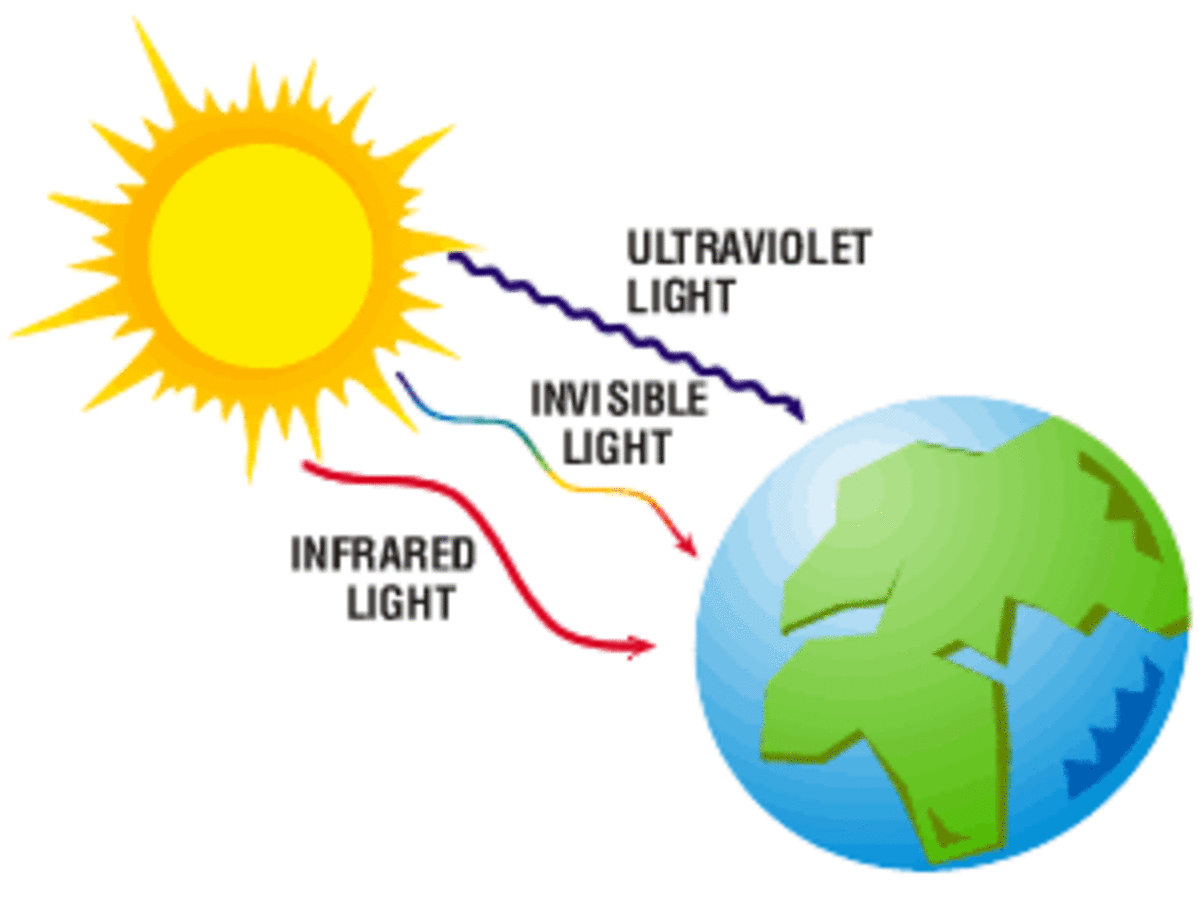Slinky Toys based On Physics Principles:Gravity and Inertia and spiral

Slinkys were the novelty toy when I was a kid after World War 2. As kids we didn’t know much, or anything, about gravity or physics. Next to the yo-yo it may have been the most mysterious toy we ever saw. It would walk or slither down our stairway and do other marvelous things. When my own kids were young the slinky didn’t seem to be so popular and I was a bit disappointed that my kids didn’t like it as well as I did. I remember buying one for my son but I don’t recall his using it. Maybe because we didn’t have a long stairway.
Creation of the Slinky
The Slinky is also called a “Lazy Spring” is a toy that consist of a helical spring i.e., a spiral like spring. It stretches and can bounce up and down. You can use it to do a number of tricks such as going down a flight of stairs end-over-end. It does this by stretching and reforming as gravity and its momentum takes it from stair to stair.
It was 1943 that Richard James who at the time was a naval mechanical engineer at William cramp and sons shipyards in Philadelphia. He was developing springs, which could support and stabilize sensitive instruments on ships in rough seas. Accidentally knocking a spring from a shelf he watched the spring “step’ in a series of banana splits to a stack of books, to a tabletop, to the floor. It then recoiled itself and stood upright.
When he got home he told his wife Betty about the experience and told her that he thought he could make a spring that could “walk.” For the next year he experimented until he got a spring that would do what he wanted it to do. It took awhile to convert his wife to the idea. She saw the merit when neighborhood children were excited about it. She gave the toy the name “Slinky
Richard James invented it in the early 1940’s; a naval engineer .He demonstrated it at the Philadelphia Gimbals store in November of the year 1945. With an inventory of 400 units he sold them all in and hour and a half. .” Before demonstrating it at Gimbals they tried to sell toy store on the idea but were not successful.
With his wife Betty he formed James Industries in Philadelphia to manufacture Slinkys and a number of other toys such as the Slinky dog and Suzie, the slinky Worm. Betty became president of the company in 1960 and she moved the company to Hollidaysburg, Pennsylvania. Four years later she sold the company to poof Products, Inc.

Further along the line
Richard James opened a shop in Philadelphia after he invented a machine that could make a Slinky in a few seconds. The toy was packaged in a red-lettered box and America was saturated with Slinky advertising. He promoted the slinky by appearing on television shows. In 1952 Slinky dog was introduced.
Wilkening Mfg. Co. of Philadelphia and Toronto produced spring centered toys like Mr. Wiggle’s Leapfrog and Mr. Wiggle’s Cowboy. However, James sold 100 million Slinkys in the first two years.
In 1960 the couple broke up and divorced. James left the company to become an Evangelical missionary in Bolivia. He died in 1974.
The company prospered under Betty’s leadership, until she sold it to Poof Products. The two companies were later combined as Poof-Slinky, Inc.
Betty at age 90 died of congestive heart failure in 2008.
What else are Slinkys good for?
Teachers to demonstrate the action of waves have used Slinkts. American troops used them in Vietnam a mobile radio antennas. NASA has used them in zero gravity physics experiments in the space shuttle.
Slinkys can be used to create ‘laser gun’ like sound effects. This can be done by holding the slinky in the air and hitting one end with a metallic tone resulting that sharply lowers in pitch.
How does it work?
Inertia is a [principle in Physics, which cause objects to resist change in motion. Placed at the top of a stairway it would stay at rest and not move at all. It has potential or stored energy. Once it starts down the steps gravity, potential energy is converted to energy of motion (kinetic energy) and the slinky gracefully tumbles coil by coil down the steps.







